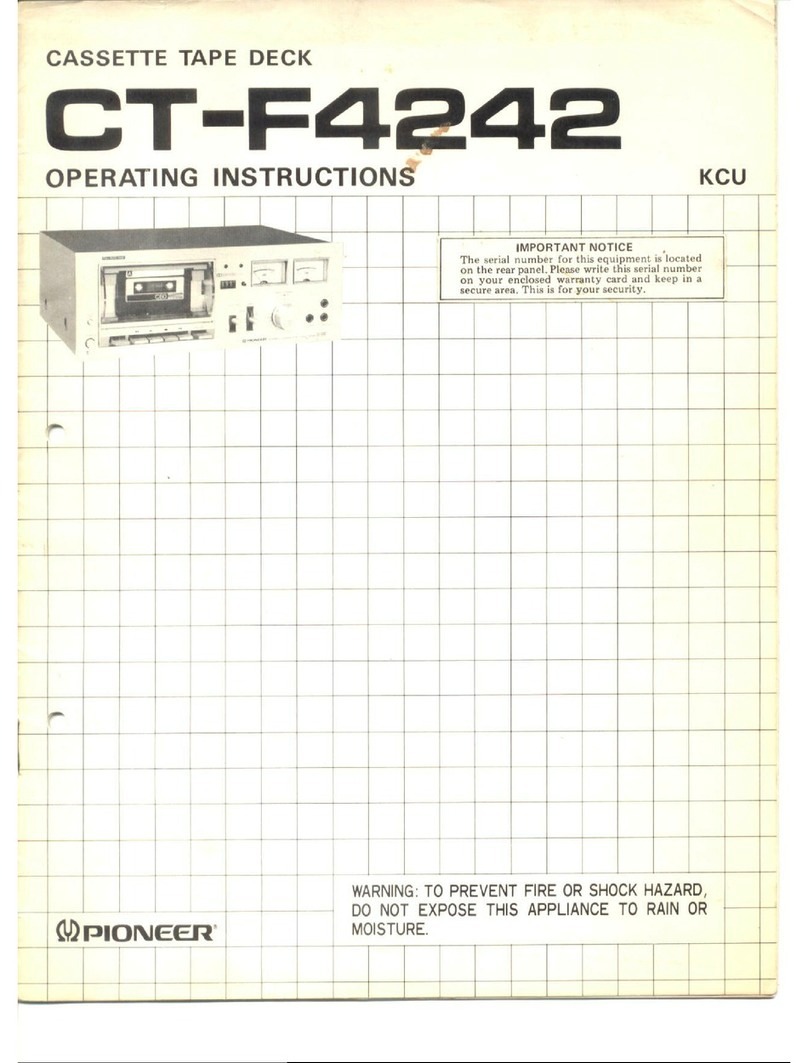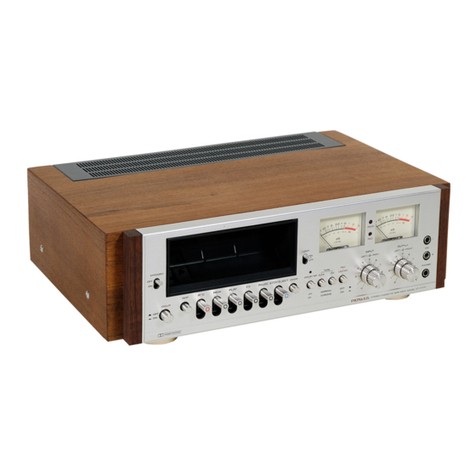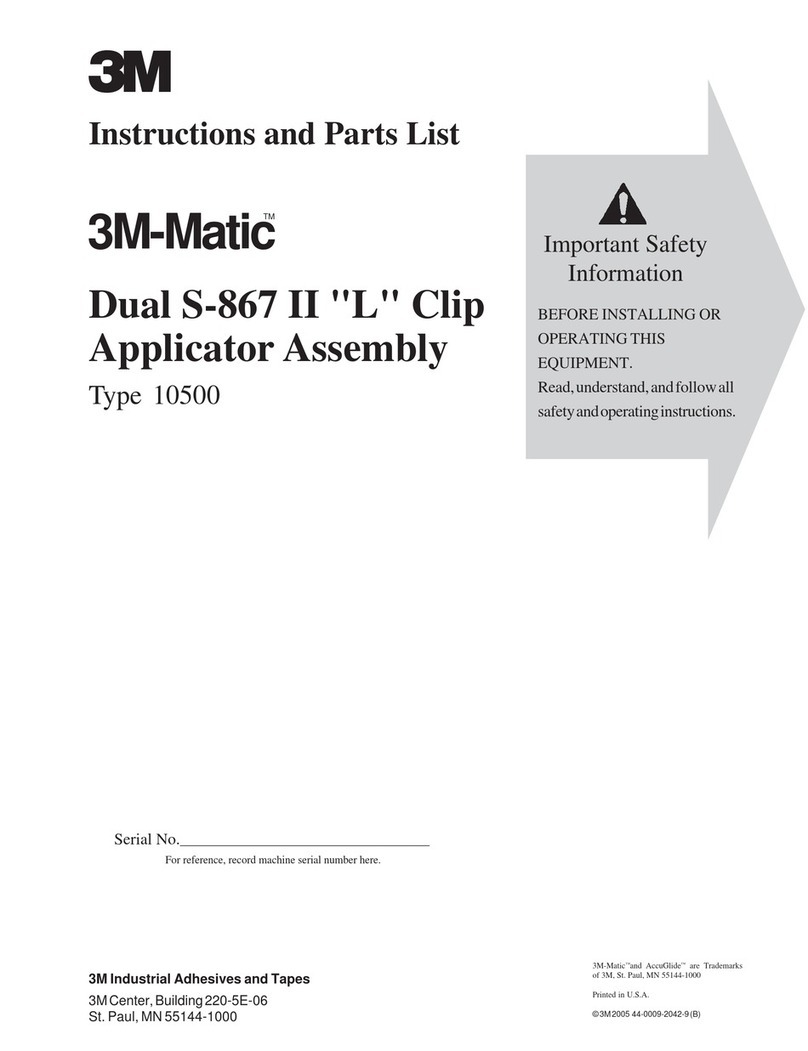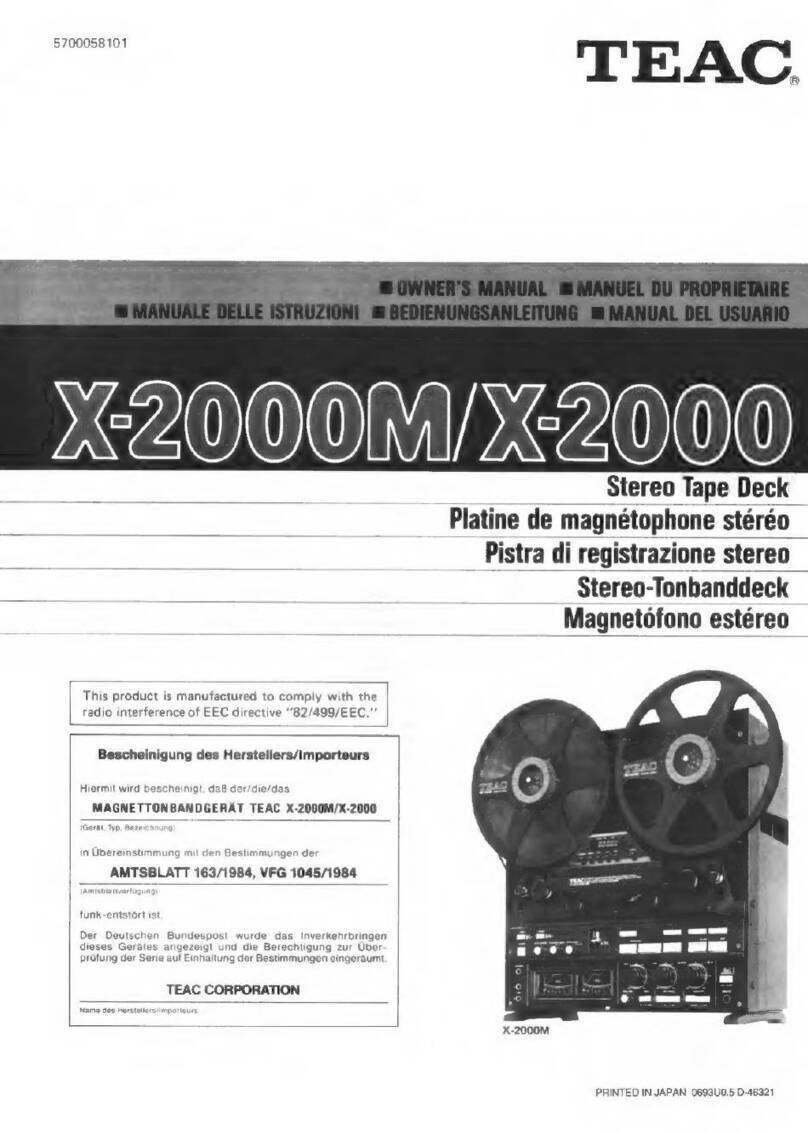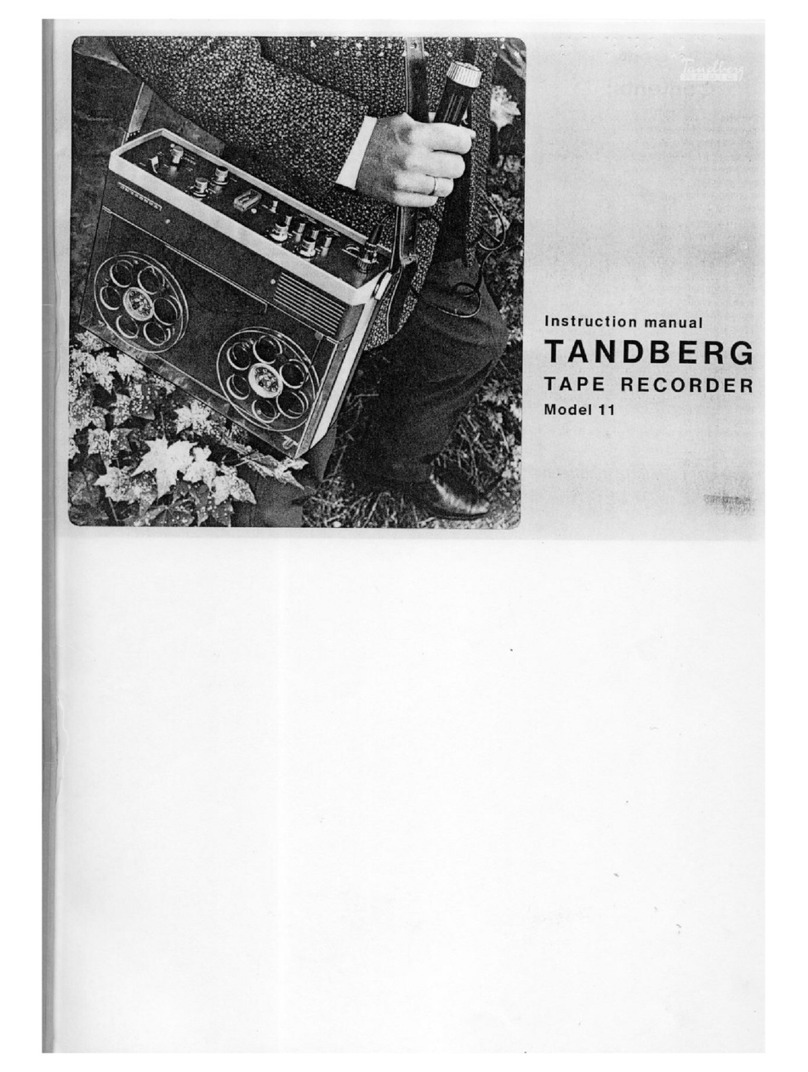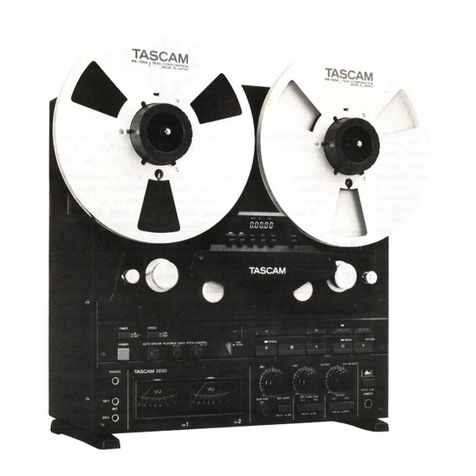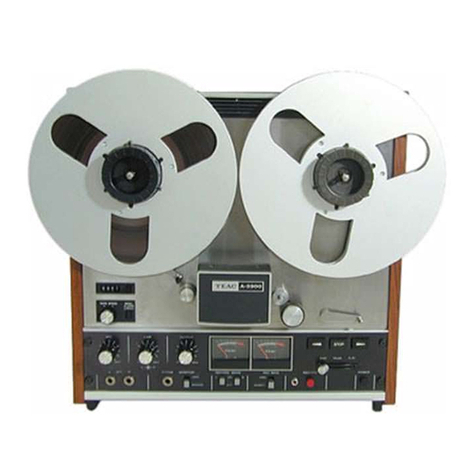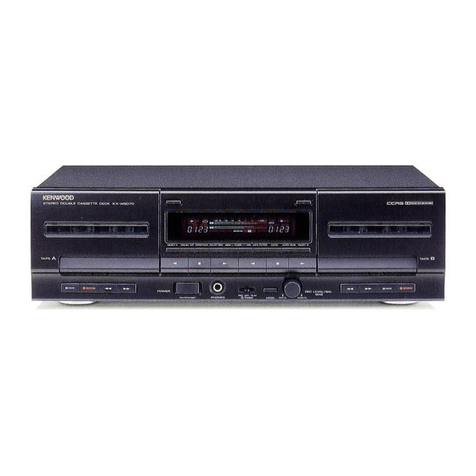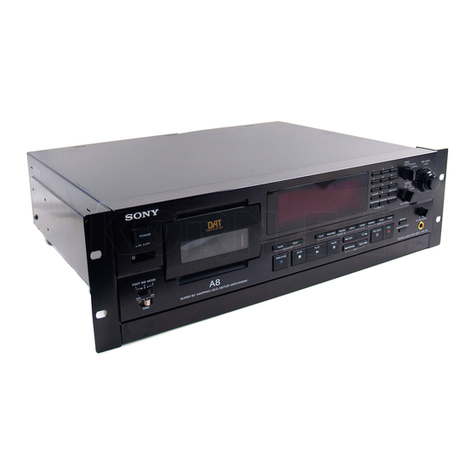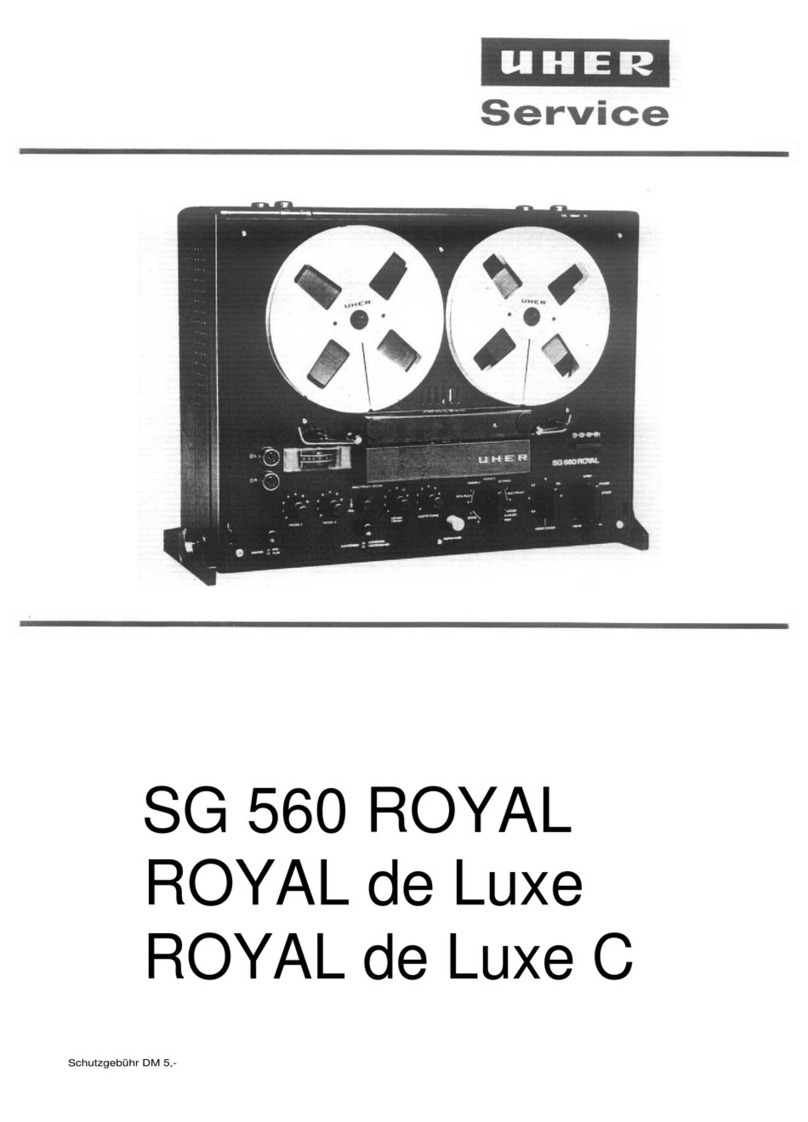Pioneer RT-707 User manual
Other Pioneer Tape Deck manuals

Pioneer
Pioneer CT-8R User manual

Pioneer
Pioneer RT-909 User manual

Pioneer
Pioneer CT-A9 User manual

Pioneer
Pioneer CT-F900 User manual
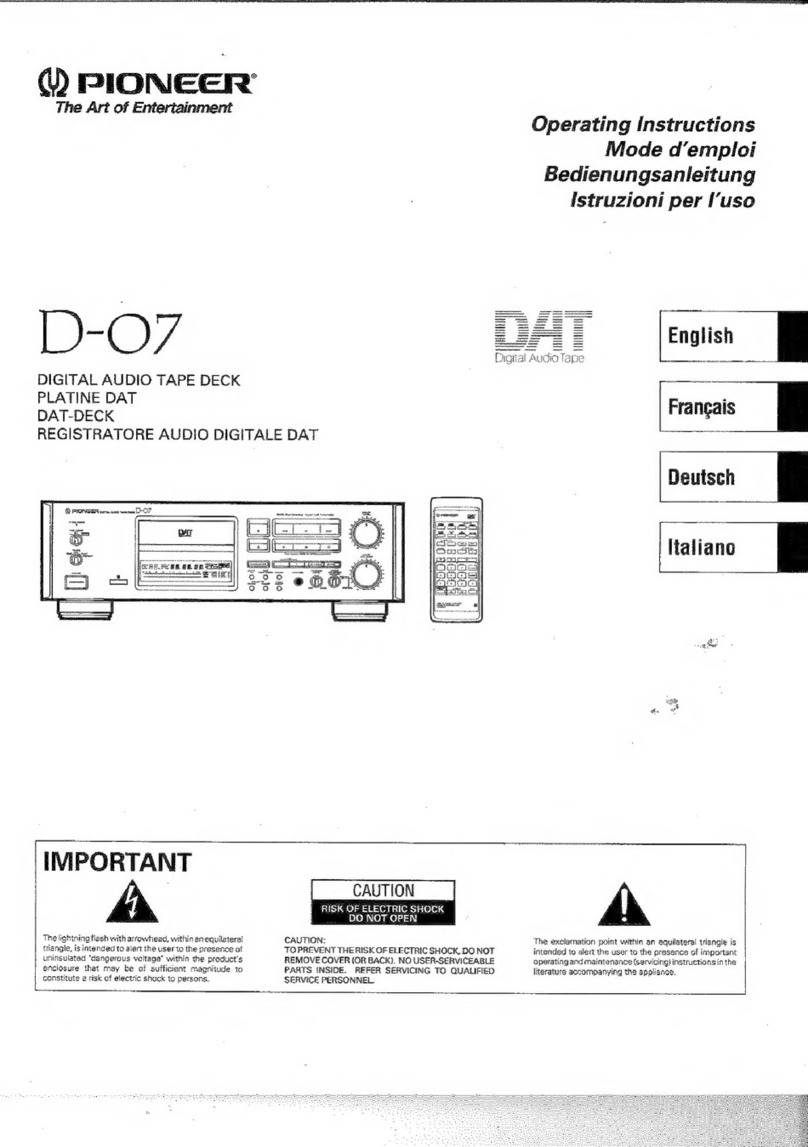
Pioneer
Pioneer D-07 User manual

Pioneer
Pioneer CT-3 User manual
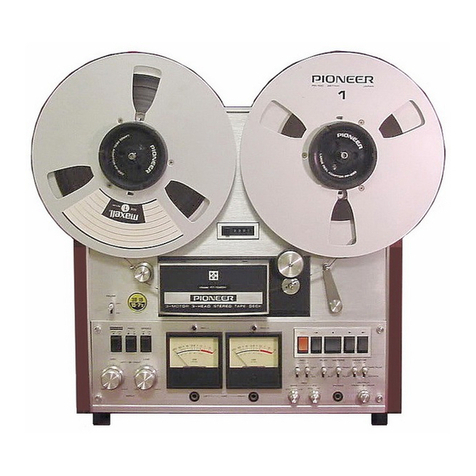
Pioneer
Pioneer RT-1020LF User manual

Pioneer
Pioneer CT-F9191 User manual

Pioneer
Pioneer CT-5 User manual
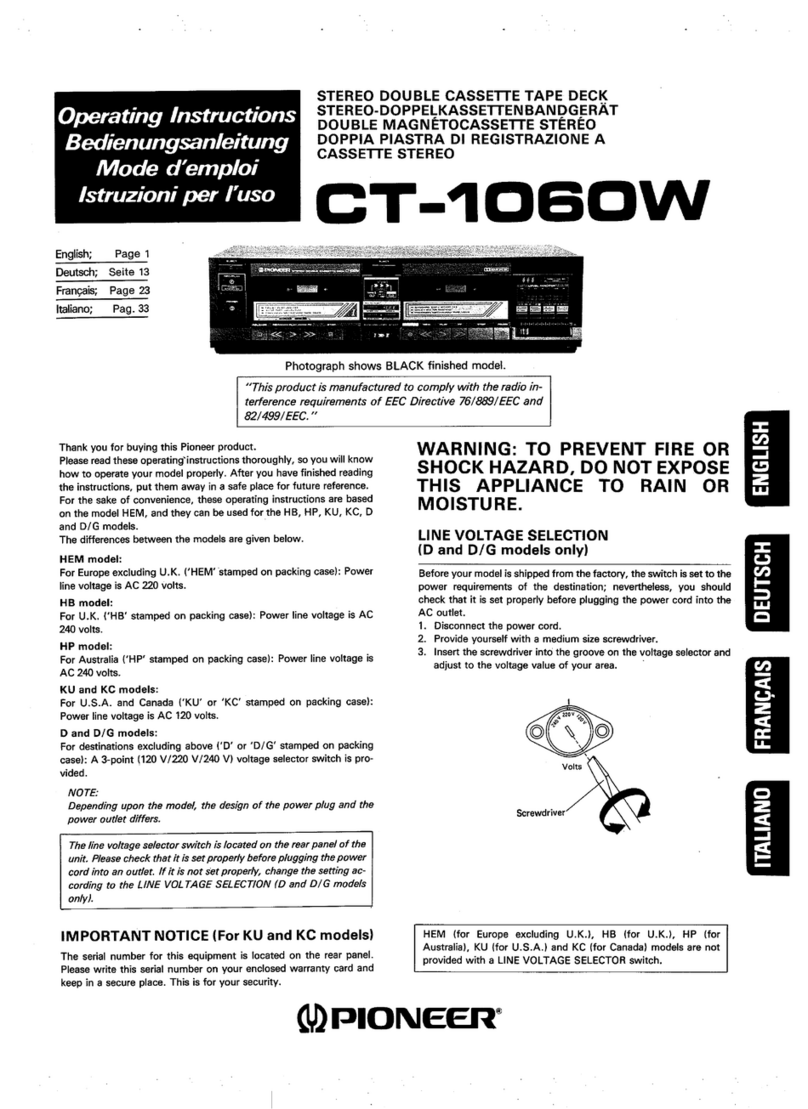
Pioneer
Pioneer CT-1060W User manual

Pioneer
Pioneer RT-1011L User manual

Pioneer
Pioneer CT-F1000 User manual
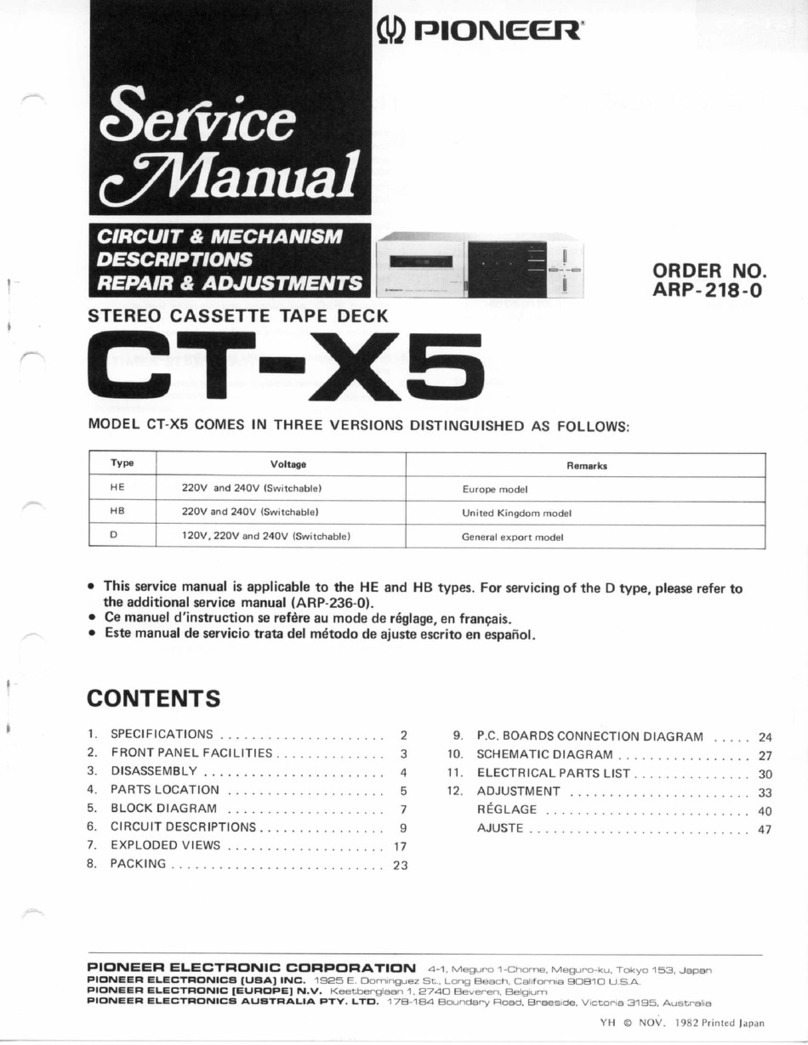
Pioneer
Pioneer GT-X5 User manual

Pioneer
Pioneer RT-1011L User manual
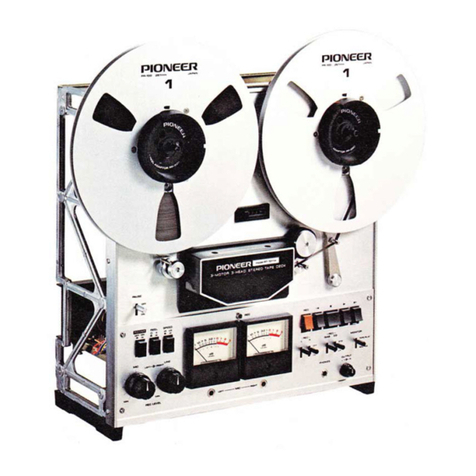
Pioneer
Pioneer RT-1011L User manual
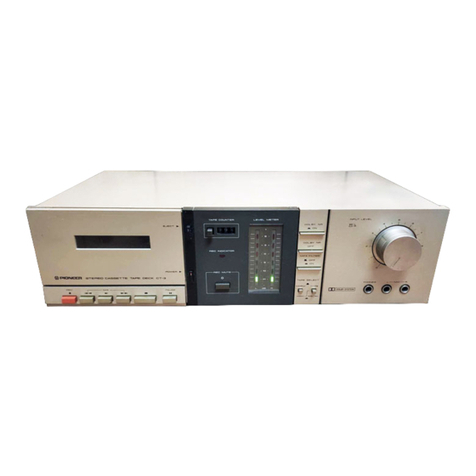
Pioneer
Pioneer CT-3 User manual

Pioneer
Pioneer CT-A9X User manual

Pioneer
Pioneer CT-1080R User manual

Pioneer
Pioneer CT-055W User manual

Pioneer
Pioneer CT-730 User manual


